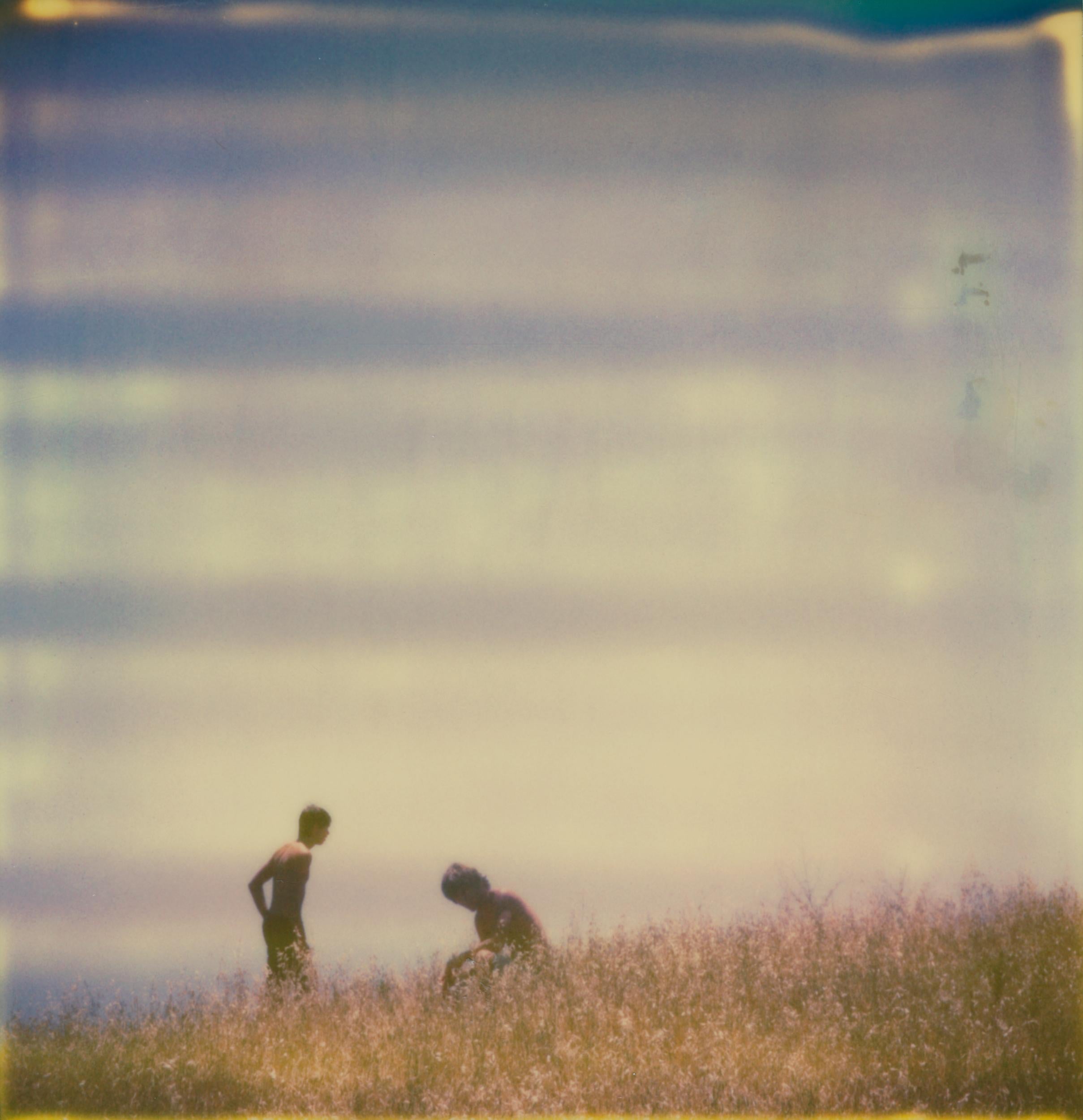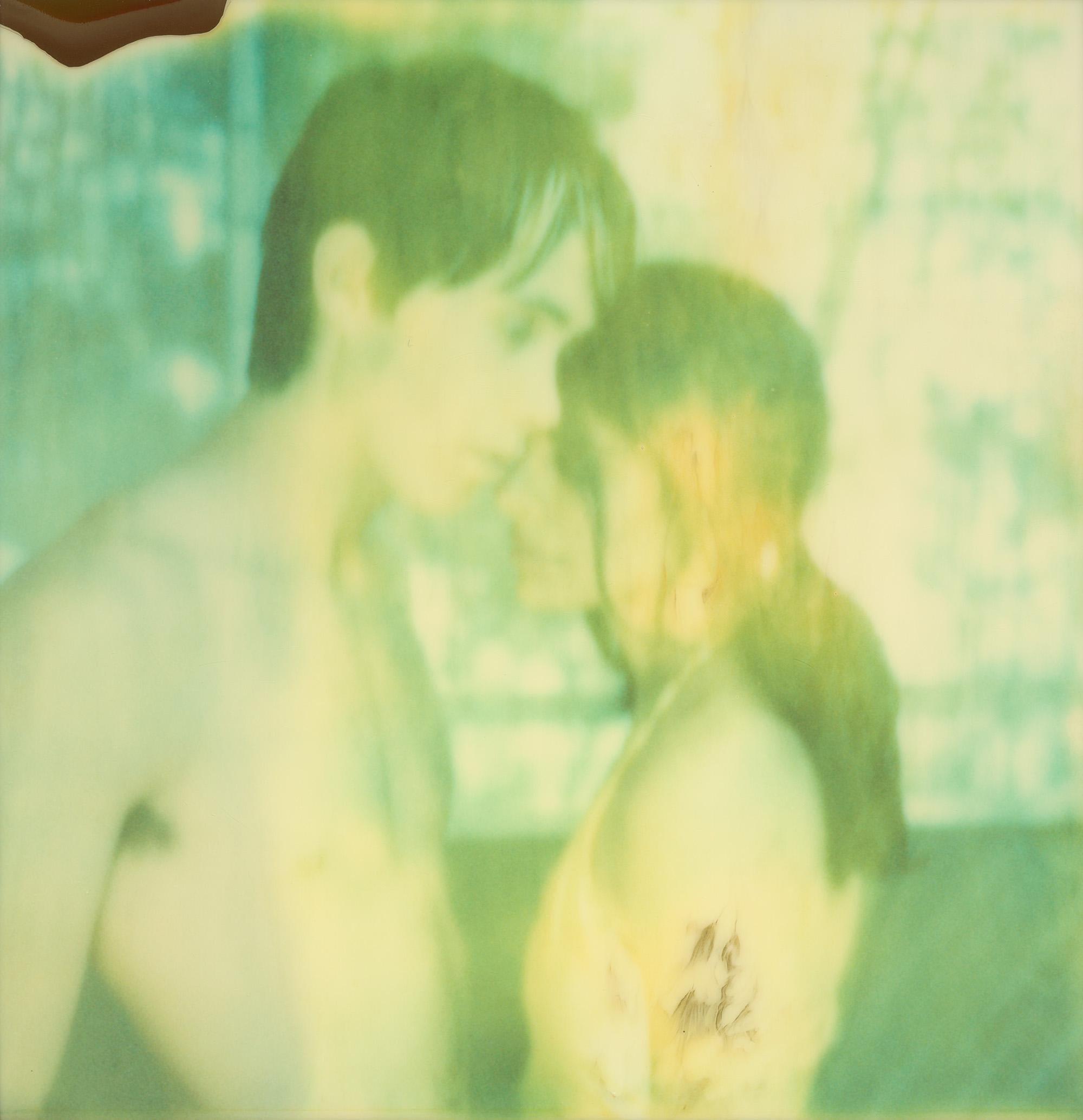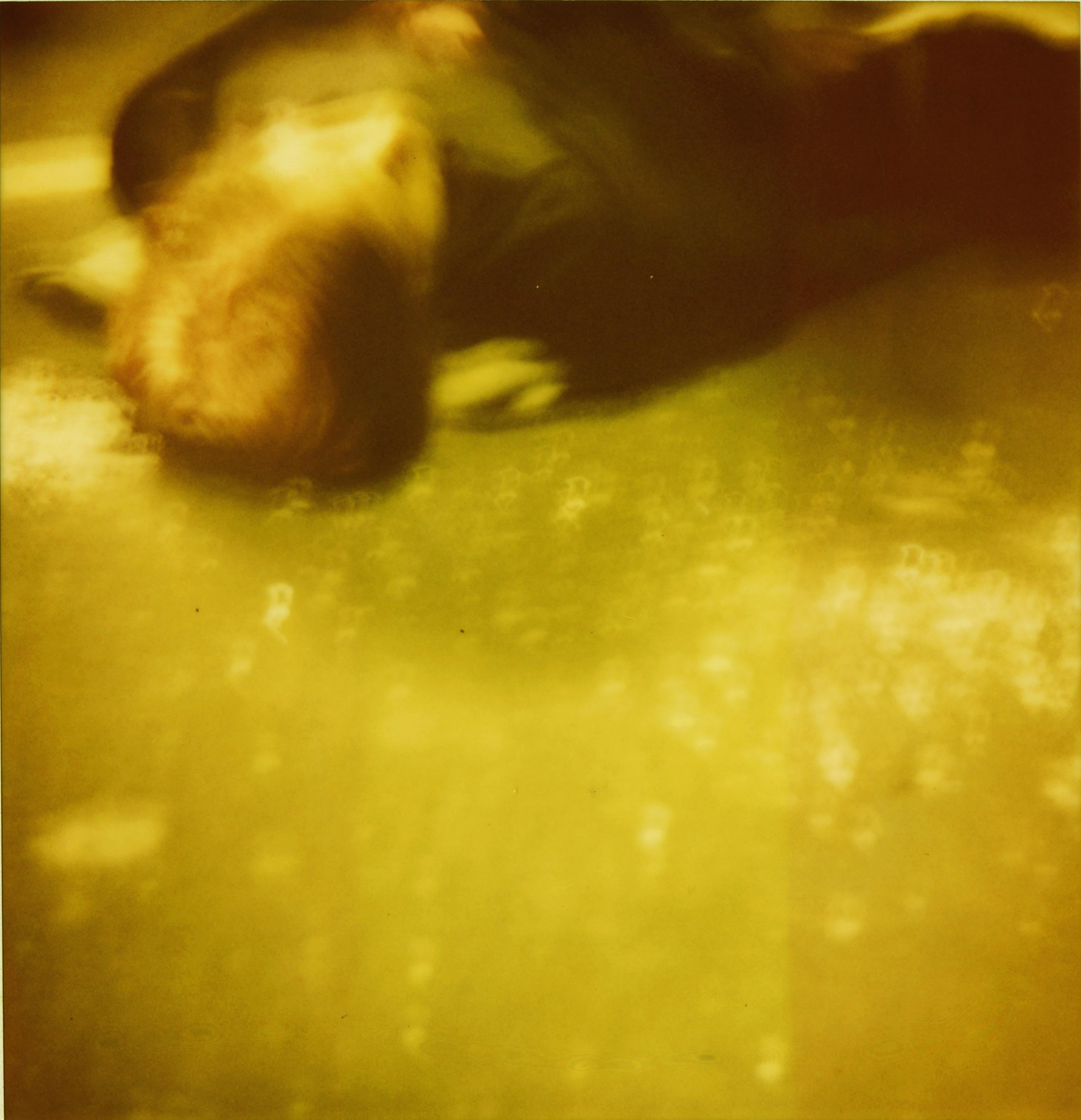Stefanie SchneiderCalliope (50x50cm) - Contemporary, Polaroid, 21 Century, Color, Mystical2013
2013
About the Item
- Creator:Stefanie Schneider (1968, German)
- Creation Year:2013
- Dimensions:Height: 19.69 in (50 cm)Width: 19.69 in (50 cm)Depth: 0.04 in (1 mm)
- Medium:
- Movement & Style:
- Period:
- Condition:
- Gallery Location:Morongo Valley, CA
- Reference Number:
- ShippingRetrieving quote...Ships From: Morongo Valley, CA
- Return PolicyA return for this item may be initiated within 7 days of delivery.
- Renée's Dream - The Boys (Days of Heaven) - Landscape, Horse, BoysBy Stefanie SchneiderLocated in Morongo Valley, CARenée's Dream - The Boys (Days of Heaven). Part of the 29 Palms, CA project. - 2006, 50x50cm, Edition of 10, plus 2 Artist Proofs, archival C-Print, based on a Polaroid. Signature ...Category
21st Century and Contemporary Contemporary Figurative Photography
MaterialsArchival Paper, Photographic Paper, C Print, Color, Polaroid
- Sisyphus (The Girl behind the White Picket Fence) - Polaroid, ContemporaryBy Stefanie SchneiderLocated in Morongo Valley, CASisyphus (The Girl behind the White Picket Fence) - 2013 98x97cm, Edition 1/5, analog C-Print, hand-printed by the artist, based on a Polaroid. Certificate and Signature label Arti...Category
2010s Contemporary Figurative Photography
MaterialsC Print, Color, Polaroid, Archival Paper, Photographic Paper
- Accident II (Stay) with Ewan McGregor and Ryan Gosling - Polaroid, ContemporaryBy Stefanie SchneiderLocated in Morongo Valley, CAAccident II (Stay) 2006, 20x20cm, Edition of 5/10, digital C-Print, based on a Polaroid Certificate and Signature label artist Inventory # 5444.12. Not mounted. with Ewan McGrego...Category
Early 2000s Contemporary Figurative Photography
MaterialsColor, Polaroid, Archival Paper, Photographic Paper, C Print
- Boccia VI (Beachshoot ) with Radha Mitchell -Polaroid, Contemporary, WomenBy Stefanie SchneiderLocated in Morongo Valley, CABoccia VI (Beachshoot) - 2005 38x36cm, Edition of 10. Digital C-Print, based on a Polaroid. Certificate and Signature label. Artist Inventory # 1467. Not mounted. featuring Camill...Category
Early 2000s Contemporary Color Photography
MaterialsArchival Paper, Photographic Paper, C Print, Color, Polaroid
- Badwater (Memories of Green) 4 analog hand-prints, 58x56cm eachBy Stefanie SchneiderLocated in Morongo Valley, CABadwater - Memories of Green, quadriptych (four pieces), - 2003 Edition 1/5, each 58x56cm, installed with gaps 122x117cm, analog C-Prints, hand-printed by the artist on Fuji Crysta...Category
Early 2000s Contemporary Color Photography
MaterialsPhotographic Paper, C Print, Color, Polaroid, Archival Paper
- Accident I (Stay) analog, 128x125cm, starring Ryan Gosling, Polaroid, ColorBy Stefanie SchneiderLocated in Morongo Valley, CAA piece of art from the movie 'Stay' by Stefanie Schneider Stefanie created the art for both main actors Naomi Watts and Ryan Gosling in the movie 'Stay' directed by Marc Forster. S...Category
Early 2000s Contemporary Figurative Photography
MaterialsArchival Paper, Photographic Paper, C Print, Color, Polaroid
- Tyler Shields - Pills, Photography 2014, Printed AfterBy Tyler ShieldsLocated in Greenwich, CTSeries: Mouths Chromogenic Print on Kodak Endura Luster Paper All available sizes and editions: 20" x 30" 30" x 40" 40" x 60" 48" x 72" 63" x 84" Editions of 3 + 2 Artist Proofs Tyl...Category
2010s Contemporary Color Photography
MaterialsLuster, Archival Paper, Photographic Paper, C Print, Digital, Archival P...
- Tyler Shields - Odysseus, Photography 2015, Printed AfterBy Tyler ShieldsLocated in Greenwich, CTSeries: Sirens Chromogenic Print on Kodak Endura Luster Paper All available sizes and editions: 20" x 30" 40" x 60" 48" x 72" 63" x 84" Editions of 3 + 2 Artist Proof The idea behi...Category
2010s Contemporary Color Photography
MaterialsLuster, Archival Paper, Photographic Paper, C Print, Digital, Archival P...
- Tyler Shields - Picnic, Photography 2018, Printed AfterBy Tyler ShieldsLocated in Greenwich, CTSeries: Suspense Chromogenic Print on Kodak Endura Luster Paper All available sizes and editions: 20" x 30" 30" x 40" 40" x 60" 48" x 72" 63" x 84" Editions of 3 + 2 Artist Proofs T...Category
2010s Contemporary Color Photography
MaterialsLuster, Digital Pigment, Archival Pigment, Digital, C Print, Photographi...
- Tyler Shields - Lure, Photography 2015, Printed AfterBy Tyler ShieldsLocated in Greenwich, CTSeries: Sirens Chromogenic Print on Kodak Endura Luster Paper All available sizes and editions: 20" x 30" 40" x 60" 48" x 72" 63" x 84" Editions of 3 + 2 Artist Proofs The idea behi...Category
2010s Contemporary Color Photography
MaterialsLuster, Archival Paper, Photographic Paper, C Print, Digital, Inkjet, Ar...
- Tyler Shields - Underwater Kiss, Photography 2013, Printed AfterBy Tyler ShieldsLocated in Greenwich, CTSeries: Submerged Chromogenic Print on Kodak Endura Luster Paper All available sizes and editions: 20" x 30" 40" x 60" 63" x 84" Editions of 3 + 2 Artist Proofs Tyler Shields is a p...Category
2010s Contemporary Color Photography
MaterialsLuster, Archival Paper, Photographic Paper, C Print, Digital, Archival P...
- Tyler Shields - Underwater Kiss II, Photography 2013, Printed AfterBy Tyler ShieldsLocated in Greenwich, CTSeries: Submerged Chromogenic Print on Kodak Endura Luster Paper All available sizes and editions: 20" x 30" 40" x 60" 48" x 72" 63" x 84" Editions of 3 + 2 Artist Proofs Tyler Shie...Category
2010s Contemporary Color Photography
MaterialsLuster, Paper, Archival Ink, Archival Paper, Photographic Paper, C Print...





